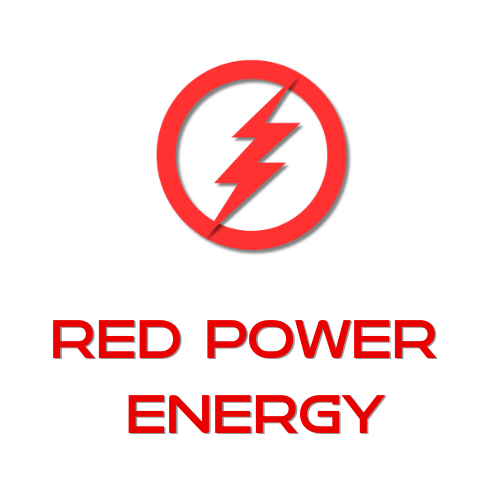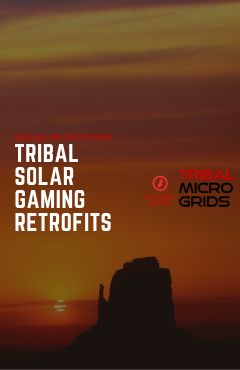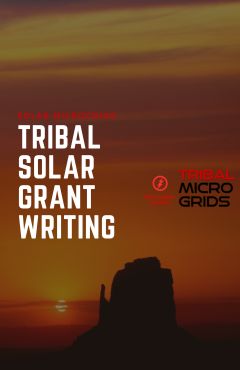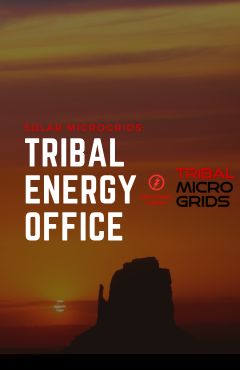Unlock Hidden Savings with Our Energy Audits and Optimization Services
Introduction: The Power of Energy Audits and Optimization
In today’s world, where energy costs are continually rising and environmental concerns are at the forefront of global discussions, businesses and organizations are increasingly looking for ways to reduce their energy consumption and associated costs. Enter the realm of energy audits and optimization services – a powerful combination that can unlock hidden savings, boost operational efficiency, and contribute to a greener planet.
Energy audits serve as the cornerstone of any comprehensive energy management strategy. They provide a detailed analysis of how energy is used within a facility, identifying areas of waste and inefficiency. When coupled with optimization services, these audits pave the way for significant improvements in energy performance, leading to substantial cost savings and a reduced carbon footprint.
This article delves deep into the world of energy audits and optimization services, exploring their benefits, processes, and impact on various sectors. Whether you’re a facility manager, business owner, or sustainability professional, understanding the potential of these services can be a game-changer for your organization’s energy management efforts.
As we embark on this journey through the landscape of energy efficiency, prepare to discover how these powerful tools can transform your energy consumption patterns, optimize your operations, and ultimately contribute to a more sustainable future. Let’s unlock the hidden potential within your buildings and facilities, and embark on a path towards energy excellence.
Understanding Energy Audits
What is an Energy Audit?
At its core, an energy audit is a comprehensive assessment of a facility’s energy use and consumption patterns. It’s akin to a health check-up for your building, providing a detailed diagnosis of how energy flows through your property and identifying areas where energy is being wasted or used inefficiently.
An energy audit goes beyond simply looking at utility bills. It involves a thorough examination of all energy-consuming systems within a building, including heating, ventilation, and air conditioning (HVAC) systems, lighting, building envelope, and equipment. The goal is to create a complete picture of energy use, pinpointing opportunities for improvement and cost savings.
During an energy audit, trained professionals use a variety of tools and techniques to gather data about your facility’s energy consumption. This may include analyzing historical energy bills, conducting on-site inspections, using specialized equipment to measure energy flows, and even employing thermal imaging to detect heat loss.
The outcome of an energy audit is typically a detailed report that outlines current energy usage, identifies inefficiencies, and provides recommendations for improvements. These recommendations are often prioritized based on their potential for energy savings and return on investment.
Energy audits are not a one-size-fits-all solution. They can be tailored to meet the specific needs and goals of different organizations, ranging from quick walk-through assessments to in-depth, investment-grade audits that form the basis for major capital improvements.
18. Frequently Asked Questions
- 1. Types of Energy Audits
- 2. The Energy Audit Process
- 3. Benefits of Professional Energy Audits
- 4. Energy Optimization Services
- 5. Preparing for Your Energy Audit
- 6. Case Studies: Success Stories in Energy Optimization
- 7. Industrial Facility Energy Overhaul
- 8. Retail Chain Energy Efficiency Program
- 9. Choosing the Right Energy Audit and Optimization Partner
- 10. The Future of Energy Audits and Optimization
- 11. The Role of Artificial Intelligence and Machine Learning
- 12. Regulatory Landscape and Incentives
- 13. Government Incentives and Tax Credits
- 14. Utility Company Programs and Rebates
- 15. Overcoming Barriers to Energy Optimization
- 16. Energy Audit and Optimization for Different Sectors
- 17. Maintaining Long-Term Energy Efficiency
- 18. Frequently Asked Questions
- 19. Conclusion: Embracing a More Energy-Efficient Future
To address common queries and provide additional clarity, here’s a list of frequently asked questions about energy audits and optimization services:
- Q: What is an energy audit? A: An energy audit is a comprehensive assessment of a facility’s energy use and consumption patterns. It involves analyzing energy bills, inspecting energy-consuming systems, and identifying opportunities for energy savings and efficiency improvements.
- Q: How often should an energy audit be conducted? A: For most facilities, it’s recommended to conduct a comprehensive energy audit every 3-5 years. However, more frequent “mini-audits” or continuous monitoring can help maintain energy efficiency between full audits.
- Q: What are the different types of energy audits? A: The most common types are:
- Preliminary or Walk-through Audit
- Level 1 Audit (ASHRAE Level 1)
- Level 2 Audit (ASHRAE Level 2)
- Level 3 Audit (ASHRAE Level 3) or Investment-Grade Audit
- Q: How long does an energy audit take? A: The duration can vary widely depending on the size and complexity of the facility and the type of audit. A walk-through audit might take just a few hours, while a comprehensive Level 3 audit could take several weeks or even months.
- Q: What are the benefits of an energy audit? A: Key benefits include identifying energy-saving opportunities, reducing energy costs, improving building performance, enhancing occupant comfort, and reducing environmental impact.
- Q: How much can I expect to save after implementing energy audit recommendations? A: Savings can vary widely depending on the current state of the facility and the measures implemented. However, many organizations see energy savings of 10-30% after implementing audit recommendations.
- Q: What’s the difference between an energy audit and retro-commissioning? A: While both aim to improve energy efficiency, an energy audit focuses on identifying energy-saving opportunities across all systems, while retro-commissioning specifically targets bringing existing building systems back to their designed level of performance.
- Q: Are there any government incentives for conducting energy audits or implementing energy-saving measures? A: Many governments offer incentives, which can include tax credits, grants, or low-interest loans. These vary by location, so it’s best to check with local energy offices or utilities for specific offerings.
- Q: What qualifications should I seek in an energy auditor? A: Look for certifications such as Certified Energy Manager (CEM), Certified Energy Auditor (CEA), or Professional Engineer (PE) with experience in energy systems. Also consider their experience with your specific type of facility.
- Q: How disruptive is an energy audit to normal operations? A: Most energy audit activities can be conducted with minimal disruption to normal operations. Auditors typically work around your schedule and can conduct many activities during off-hours if necessary.
- Q: What’s the typical return on investment (ROI) for energy efficiency measures? A: ROI can vary widely depending on the specific measures, but many energy efficiency projects have payback periods of 1-5 years, with some quick wins paying back in less than a year.
- Q: How does an energy audit differ for different types of facilities (e.g., office buildings vs. manufacturing plants)? A: While the general process is similar, the focus areas can differ significantly. For example, an office building audit might focus more on HVAC and lighting, while a manufacturing plant audit would likely include a deep dive into process energy use.
- Q: What is renewable energy’s role in energy optimization? A: Renewable energy can be an important part of an overall energy optimization strategy. An energy audit might identify opportunities for integrating renewable energy sources like solar PV or evaluate the potential for technologies like solar thermal or geothermal.
- Q: How can I ensure energy savings persist over time? A: Implementing an ongoing energy management plan, conducting regular monitoring and reporting, and engaging employees in energy-saving efforts are key to maintaining long-term energy efficiency.
- Q: What’s the difference between energy efficiency and energy conservation? A: Energy efficiency involves using technology that requires less energy to perform the same function. Energy conservation involves changing behaviors to use less energy. Both are important components of a comprehensive energy management strategy.
These FAQs provide a starting point for understanding energy audits and optimization services. As always, for specific questions related to your facility or organization, it’s best to consult with a qualified energy professional.
18. Frequently Asked Questions
- 1. Types of Energy Audits
- 2. The Energy Audit Process
- 3. Benefits of Professional Energy Audits
- 4. Energy Optimization Services
- 5. Preparing for Your Energy Audit
- 6. Case Studies: Success Stories in Energy Optimization
- 7. Industrial Facility Energy Overhaul
- 8. Retail Chain Energy Efficiency Program
- 9. Choosing the Right Energy Audit and Optimization Partner
- 10. The Future of Energy Audits and Optimization
- 11. The Role of Artificial Intelligence and Machine Learning
- 12. Regulatory Landscape and Incentives
- 13. Government Incentives and Tax Credits
- 14. Utility Company Programs and Rebates
- 15. Overcoming Barriers to Energy Optimization
- 16. Energy Audit and Optimization for Different Sectors
- 17. Maintaining Long-Term Energy Efficiency
- 18. Frequently Asked Questions
- 19. Conclusion: Embracing a More Energy-Efficient Future





